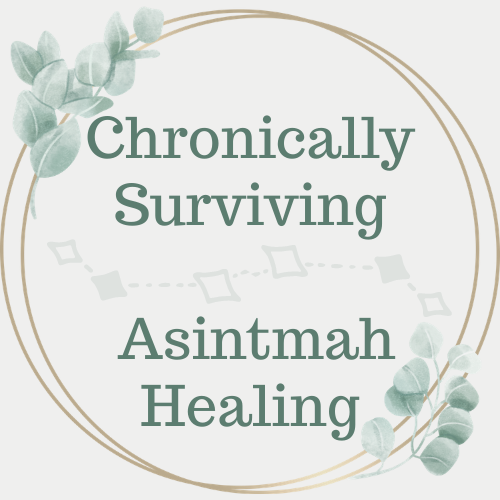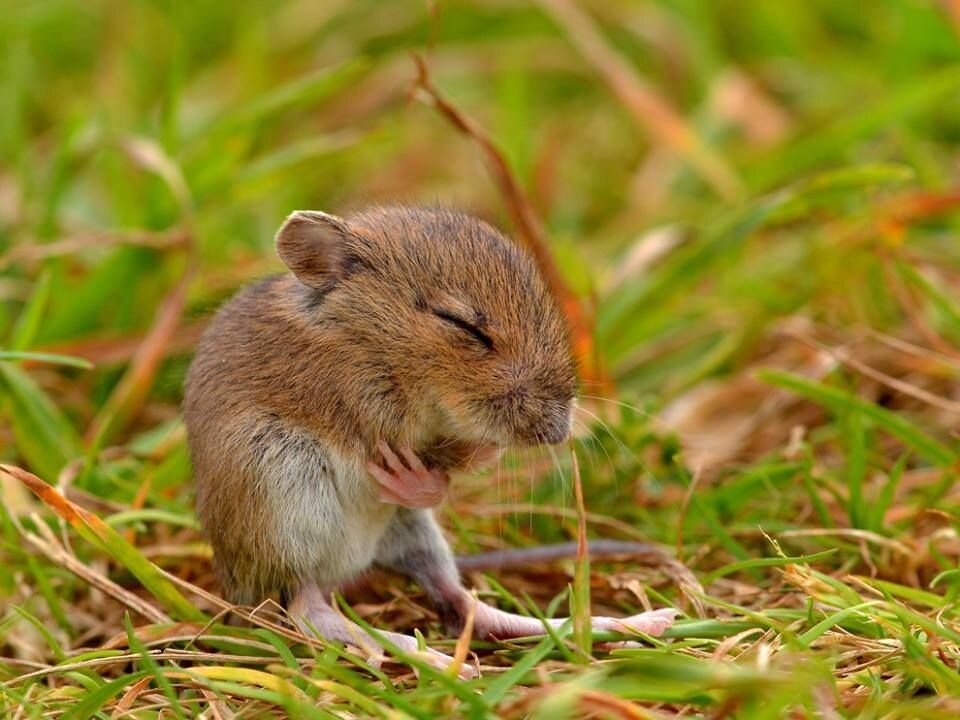For a while now, I’ve wanted to take part in a silent meditation retreat. Silent retreats are standard in the yoga community, with eye-opening results and insight gained. I kept putting it off because these types of retreats usually have strict schedules to adhere to, not to mention the absorbant pricing of most of them. My body can’t handle that kind of rigorous practice. I need flexibility because my body is the one in control most of the time, not my mind. The irregularities and unknowns caused by my chronic conditions give me a lot of practice in going with the flow.
Recently, I thought to myself, “Why don’t I just do it myself?” I mean, I have all the knowledge I need to do it so, why not? I’m not a yoga teacher for nothing! So last week, I decided to dedicate the May 2-4 long weekend to attempt my first long-term silent meditation practice. I prepared myself as best I could. I elected to do at least two days (Saturday and Sunday), and if I felt like it, I would continue on the third day (Monday). I’m not going to lie; I was intensely scared. I thought I’d either get extraordinarily bored or highly anxious, one of the two.
Vipassanã
Before I share snippets of my experience, I’d like to take a moment to discuss the background of this type of silent meditation practice. It’s known as Vipassanã, a Sanskrit word that directly translates to “special, super (Vi) seeing (Passanã).” More often, it’s translated into “insight.” Cultivating the ability to see things as they rea, vipassanã is one of the most ancient meditation techniques. S.N. Goenka states,
“It is this observation-based, self-exploratory journey to the common root of mind and body that dissolves mental impurity, resulting in a balanced mind full of love and compassion. […] Life becomes characterized by increased awareness, non-delusion, self-control and peace.”
I spent my days on as strict a schedule as I could manage, ensuring that I remained in complete silence. I disconnected from all electronics. I even turned off all of my clocks. Most of the time was dedicated to specific meditation practices and prayer, reading The Bhagavad Gita, spending time in nature, and resting in mindful reflection. My goal was to slow my thoughts and abstain from as many external influences and inputs as possible. Hoping it would allow me to gain some peace of mind.
Here’s What Happened
Meditation was way easier than expected. Not to say it wasn’t hard at times, but it felt very natural. Don’t get me wrong; I’ve done a lot of hard work to get me here. I think being in isolation and also having the freedom of not being in the rat race, so to speak, may have given me some practice. I had a deep sense that I was attaining the goal I had set out for myself, so I decided to continue for most of the third day.
Almost immediately, I started to notice how the world is too loud when you remove distractions. This loudness became worse as I deepened into the practice.
I observed that I had way more energy than usual. My theory is because electronics zap so much more energy from us than we may realize.
Not having a clock to keep track of time was unexpectedly familiar. I took my medication when needed as opposed to on a schedule. I felt the relief was more impactful than usual.
I broke down the resistance I built up concerning my direction in life. Within the silence, the smoke of self-doubt cleared, clarifying my purpose and how I will proceed within this lifetime. My path is clear to me now, and I’m ready to walk upon it.
I’ve received incredible validation that all I’ve been working towards has been for the better and that I am healing karma, little by little.
I could go on, but it’s hard to describe a lot of what I experienced. I had quite a few mystical moments and experiences.
To hear truth within and without, that was the goal accomplished. To see things as they are instead of just reactively scattering and bouncing my attention from one thing to the next. It was a relief to experience my thoughts slowing to a pace I’ve never imagined possible—a stream of consciousness. I know what it truly means now that I experienced its essence.
I had glimpses of Samadhi, which is Sanskrit for “pure awareness, meditative absorption.” This state of being is the ultimate aim of yoga and meditation. It’s a state of union with the capital “S” Self, otherwise understood as “becoming knowingness.”
Bloopers
The funniest thing happened on the first evening as I was sitting on my balcony eating dinner. I caught myself watching someone else’s TV in the building across from me through their balcony window! The pull of electronics is real.
I have to admit; it was tough not talking to my pet rabbits and the animals and plants around me, both inside my home and out in nature.
It was equally hard not to reciprocate kindness and politeness. A “thank you” for opening a door for me, or a “good morning” reply when initially wishing. I felt guilty when people asked me questions or made a comment, and I didn’t allow myself to respond with anything more than a nod or a shrug.
I am guilty of breaking my vow of silence, though. I could not talk to Walter when I met him in the park on my morning rides with my power wheelchair. We met about a month ago and have become good friends. We see each other practically every morning and have great chats. He is the architect and designer of the park I frequent every day. So I made an exception for him. I think it was the right choice.
I realized that eating outside under the sun or stars makes food taste better. Thank you for your mindfulness and fresh air.
I discovered a guilty pleasure like no other—eating a bag of chips in bed, just because, while daydreaming, is something blissful!
One of the most awesome moments was when I saw baby goose do a perfect warrior 3—leaning forward, one leg reaching straight back, webbed toes splaying out, little tiny wing buds spreading wide! This spectacle was the cutest darn thing I ever saw. I was frustrated since I couldn’t make a video like I usually would. So instead, this memory will forever be between the baby goose yogi and me. Did you know that baby geese are called goslings!? A.dor.a.ble.
Aftermath
It’s been a hard transition out of the vipassanã/silent retreat because I had been operating at a very different frequency than the external world. The only way I can explain what it felt like coming out of vipassanã was like being assailed by these chaotic thought clouds that I could discern weren’t my own. It’s clear to me now just how sensitive I am to other energies. I recognize that it’s straightforward to be sucked back into the chaos.
It’s often said, especially in the New Age community, that we need to raise our vibrations and increase our frequency. But I don’t believe that to be necessarily true. I see the collective frequency to be high, turbulent, similar to white noise. I reflected on this and realized that perhaps we need not raise our vibrations/frequency but slow them down. Less erratic. And then, do our best to synchronize it with the frequency of calm, clarity, and lovingkindness. True harmony is to resonate with those vibrations.
Since it was such a fruitful experience for me, I aim to do vipassanã at least once every month or two months.
If you’d like to try it for yourself but don’t know where to start or want support, reach out, and I’d be happy to help you! Click below to shoot me a message.
Fun Fact—Mice Meditate!
Laboratory mice were unintentionally observed meditating, even though they were being studied for an unrelated research study. They noticed that the meditating mice were more relaxed and less stressed than their control counterparts. Since then, researchers from the University of Oregon have been training mice to meditate and published some of their findings in the National Academy of Sciences (PNAS).
To me, this demonstrates that we’ve evolved to value meditation. It’s essential to nourish the body as well as the mind. In the same way that we need to eat, drink and sleep to nourish our bodies, our minds need to meditate for it to be nurtured.






